Hunt resumes for cold-blooded killer after Michael Shiavella murder
Well-known drug dealer Michael Shiavella was known as “Lucky” to his associates, but that all changed when a ruthless killer tracked him to his Yarra Ranges home.
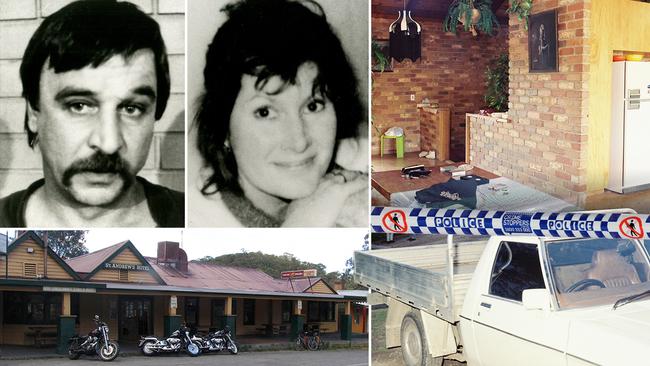
Police & Courts
Don't miss out on the headlines from Police & Courts. Followed categories will be added to My News.
Michael Schievella was out of school by 14, had no skills, and had no job for eight years.
As he surveyed the Yarra Ranges from his luxury hilltop home in St Andrews 31 years ago, he might have pondered the aptness of his nickname, “Lucky”.
But distributing heroin, cocaine, amphetamine and cannabis to smaller dealers through the northern suburbs was the true reason for Schievella’s circumstances.
But if he had indeed been lucky, this was about to run out in the most horrific fashion.
On September 15, 1990, Schievella, his 19-year-old son, Brendan, and four friends watched Collingwood – en route to a historic AFL premiership – beat West Coast in a big final.
The group headed to the St Andrews Hotel to celebrate the victory by drinking the night away, an evening which was later to turn nasty when Michael Schievella argued with associates.
Detective Insp. Tim Day of the homicide squad, in announcing a $1 million reward this week, said Schievella took a swing at someone in the car park before leaving in an unknown vehicle.
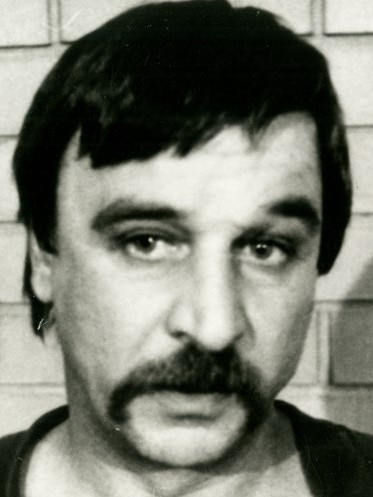
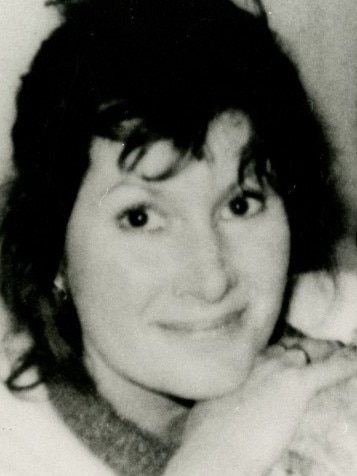
That incident remains a heavy focus of police inquiries.
The Schievella group, minus Brendan, returned home well after midnight, where his partner Heather McDonald and her two young children had been sleeping.
Michael gave his four friends small amounts of heroin and called it a night.
At 8am, Heather’s son woke and headed for the lounge to watch TV, where he saw Schievella talking to a man in a balaclava and overalls.
The visitor marched the child to his bedroom, tied him up and closed the door.
He would later tell the homicide squad that he heard voices, including someone asking “have you got any money on you?” and “where have you hidden your money?”
Schievella was heard to say “don’t do that to her”, followed by a number of loud thuds and screaming.
The ringing of the house’s telephone later woke Ms McDonald’s daughter, who found the door of the main bedroom closed.
She then found her bound brother and released him.
The children found bloodied sheets covering their mother and Schievella’s mutilated body in the rear garden.
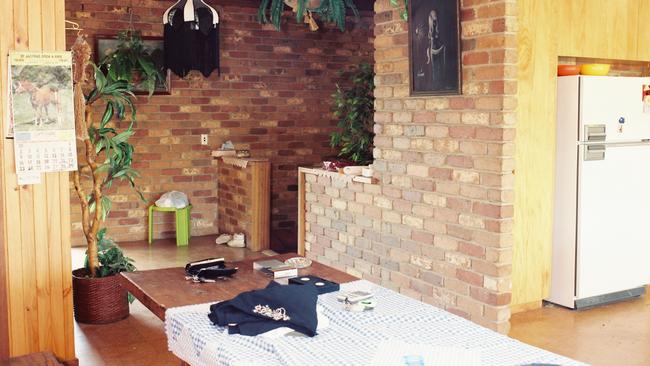
They then ran through paddocks to Mittons Bridge Rd and flagged down a passing neighbour, an experience Insp. Day said still haunted them 30 years later.
The murders had the potential to be a complex inquiry because of Schievella’s serious connections at the top end of Melbourne crime and a range of possible motives.
His brother, Thomas and fellow senior gangland figures Dennis “Fat Cat” Smith and Kerry Ashford were the target of a National Crime Authority operation called Freeboat in the late-1980s.
They had conspired to traffick cocaine and cannabis, a bust which left Thomas Schievella doing a minimum of six years in jail.
Another significant name persistently mentioned in relation to Mike Schievella was the late hitman Rodney Charles Collins.
There are certainly elements that make Collins look appealing as a suspect, including his previous and subsequent willingness to murder the female partners of his male targets.
But the Herald Sun understands that investigators do not believe he was a player in the brutal events at St Andrews.
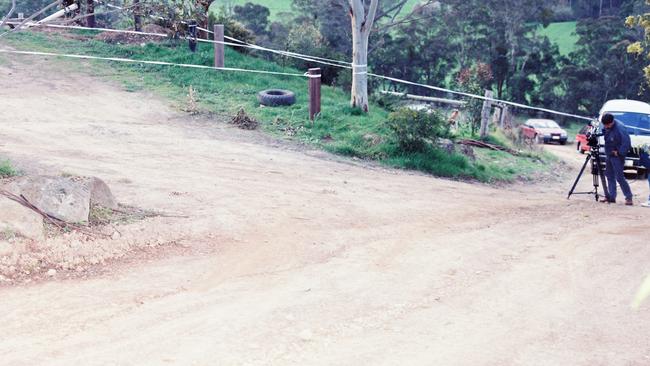
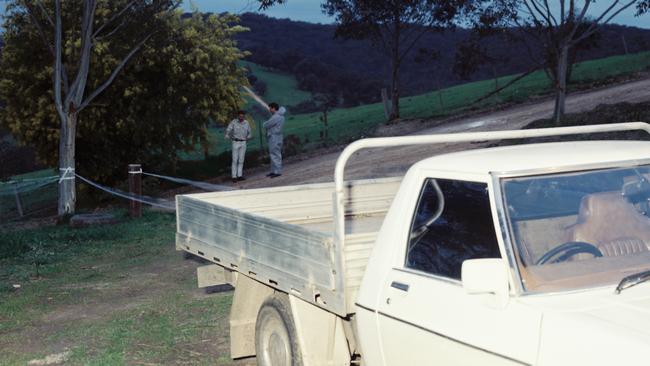
There were reports in the aftermath that some of Schievella’s associates suspected he had murdered three small-time drug dealers, and that his death was a revenge killing.
They claimed the deaths of Eddie Lawson and Tim Hadeler at West Heidelberg and Gary Caracella at Diamond Creek were “hot-shot” killings committed by Schievella, disguised as overdoses.
Several drug dealers told The Herald Schievella carried out the murders by spiking drugs he supplied to the three men with battery acid.
The article quoted a 23-year old sex-worker and drug-user “Robyn”, who alleged two men killed Mr Schievella to avenge Lawson.
The allegations prompted then-homicide squad head detective, Chief Insp. Peter Halloran to urge “Robyn” to make contact with police, though he said a connection between Lawson’s death and the St Andrews double-murder was “unlikely”.
In 1995, the Coroner’s Court ruled a payback killing or robbery were the likely motives, and the couple probably knew their killer.
It found insufficient evidence for charges, but some very interesting rocks were lifted during the proceedings.
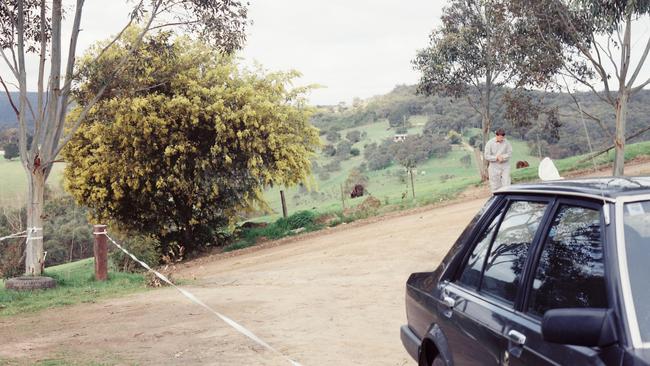
“Jim”, a heroin addict aged in his 40s, told the court he loved Schievella and Ms McDonald and had nothing to do with their deaths.
Two of his mates, also described as suspects in media reports, did not have their say as they could not be found by police.
“Jim”, who bought drugs from Schievella, said allegations from associates that he was involved were “absolute nonsense”.
His ex-girlfriend gave evidence that he told her killing was easy and “just like a job”.
But “Jim” – who had a long criminal history – denied having met the two inquest absentees and some other men to plan the crime a week before the murders.
“I certainly didn’t play any part in the deaths … I loved Heather and Michael,” he said.
Ms Barbara Kuchta, who told the court she knew what perjury was, said “Jim” was at her house the night before the murders, and did not leave until 8am.
But another woman gave evidence that “Jim” had told her that he had set up two alibis and that Ms Kuchta would “say anything I tell her to”.
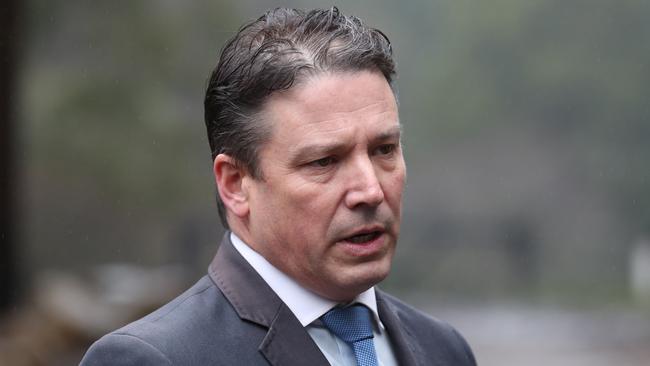
St Andrews Hotel worker Jacqueline Penny, who had known the local for three years, told the court she had seen “Jim” driving a ute near the Schievella-McDonald house minutes after the killings.
It was alleged four people told police that “Jim” asked them to give alibis for him in the hours on both sides of the killings, while friends said he resented Schievella’s big drug income.
There were also accusations he had shown friends a garbage bag full of money after the murders.
Claims were also aired that a Briar Hill woman had been asked by one of Jim’s associates on the day after the murders to get rid of blue overalls bearing stains that looked like blood.
It all sounded intriguing but police in 2021 are not locked into any one theory.
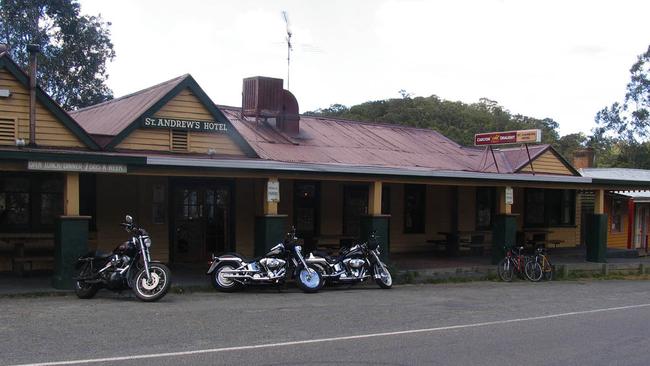
This week, they again turned up the heat, announcing a $1 million reward over the murders.
Insp. Day said the killings were not heavily planned, money was a likely factor and the pub dust-up was a key element for investigators.
“What we need to find out is what happened next. Who Michael left with, what type of vehicle he left in and where he went,” he said.
“It’s clearly open to suspect that those involved in the altercation with Michael at the St Andrews Hotel on the night may be linked to Michael and Heather’s deaths.”
Police believe more than one person was involved but that those people have varying levels of responsibility for what happened.
“It may be a situation where events have escalated beyond the agreement or control of one or more of those persons. I suggest that regardless of how ruthless one might be, very few people would be comfortable murdering anyone in the presence of children,” Insp. Day said.
Anyone with information can call Crime Stoppers on 1800 333 000 or visit crimestoppersvic.com.au.




